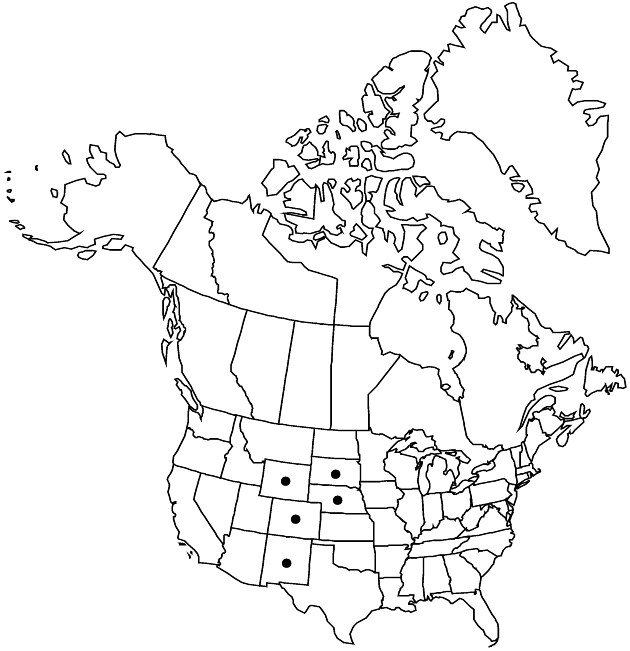Difference between revisions of "Townsendia grandiflora"
Trans. Amer. Philos. Soc., n. s. 7: 306. 1840.
FNA>Volume Importer |
imported>Volume Importer |
||
| (3 intermediate revisions by 2 users not shown) | |||
| Line 6: | Line 6: | ||
|place=7: 306. 1840 | |place=7: 306. 1840 | ||
|year=1840 | |year=1840 | ||
| + | }} | ||
| + | |special_status={{Treatment/ID/Special_status | ||
| + | |code=E | ||
| + | |label=Endemic | ||
}} | }} | ||
|basionyms= | |basionyms= | ||
| Line 31: | Line 35: | ||
-->{{#Taxon: | -->{{#Taxon: | ||
name=Townsendia grandiflora | name=Townsendia grandiflora | ||
| − | |||
|authority=Nuttall | |authority=Nuttall | ||
|rank=species | |rank=species | ||
| Line 45: | Line 48: | ||
|publication title=Trans. Amer. Philos. Soc., n. s. | |publication title=Trans. Amer. Philos. Soc., n. s. | ||
|publication year=1840 | |publication year=1840 | ||
| − | |special status= | + | |special status=Endemic |
| − | |source xml=https:// | + | |source xml=https://bitbucket.org/aafc-mbb/fna-data-curation/src/2e0870ddd59836b60bcf96646a41e87ea5a5943a/coarse_grained_fna_xml/V19-20-21/V20_432.xml |
|tribe=Asteraceae tribe Astereae | |tribe=Asteraceae tribe Astereae | ||
|genus=Townsendia | |genus=Townsendia | ||
Latest revision as of 21:03, 5 November 2020
Biennials or perennials, (2–)3–15(–30) cm. Stems ± erect; internodes (0.1–)2–25(–50) mm, strigose. Leaves basal and cauline, blades spatulate to oblanceolate or linear, 20–40(–90+) × 1–5(–10) mm, not fleshy (margins strigoso-ciliate), faces usually glabrous, sometimes sparsely strigillose (midribs scabrous). Heads at tips of stems (usually surpassed by leaves). Involucres hemispheric, (8–)10–14+ mm diam. Phyllaries 30–40+ in 4–5+ series, the longer lance-ovate to lanceolate, 8–10(–12+) mm (l/w = 3–5), apices acute to attenuate (most hard, apiculate), abaxial faces sparsely strigillose or glabrous. Ray florets 20–40; corollas usually white adaxially, laminae 7–15(–20+) mm, glabrous abaxially. Disc florets (60–)80–120+; corollas 4–6 mm. Cypselae 3.5–4+ mm, faces hairy, hair tips forked or glochidiform; pappi persistent; on ray cypselae each a corona 0.1–0.5 mm or 10–20 subulate scales 1–2.5 mm; on disc cypselae 15–30 subulate to setiform scales (4–)5–6 mm. 2n = 18.
Phenology: Flowering Jun–Aug(–Sep).
Habitat: Grassy slopes, gypseous shales
Elevation: 1300–2400 m
Distribution

Colo., Nebr., N.Mex., S.Dak., Wyo.
Discussion
Selected References
None.